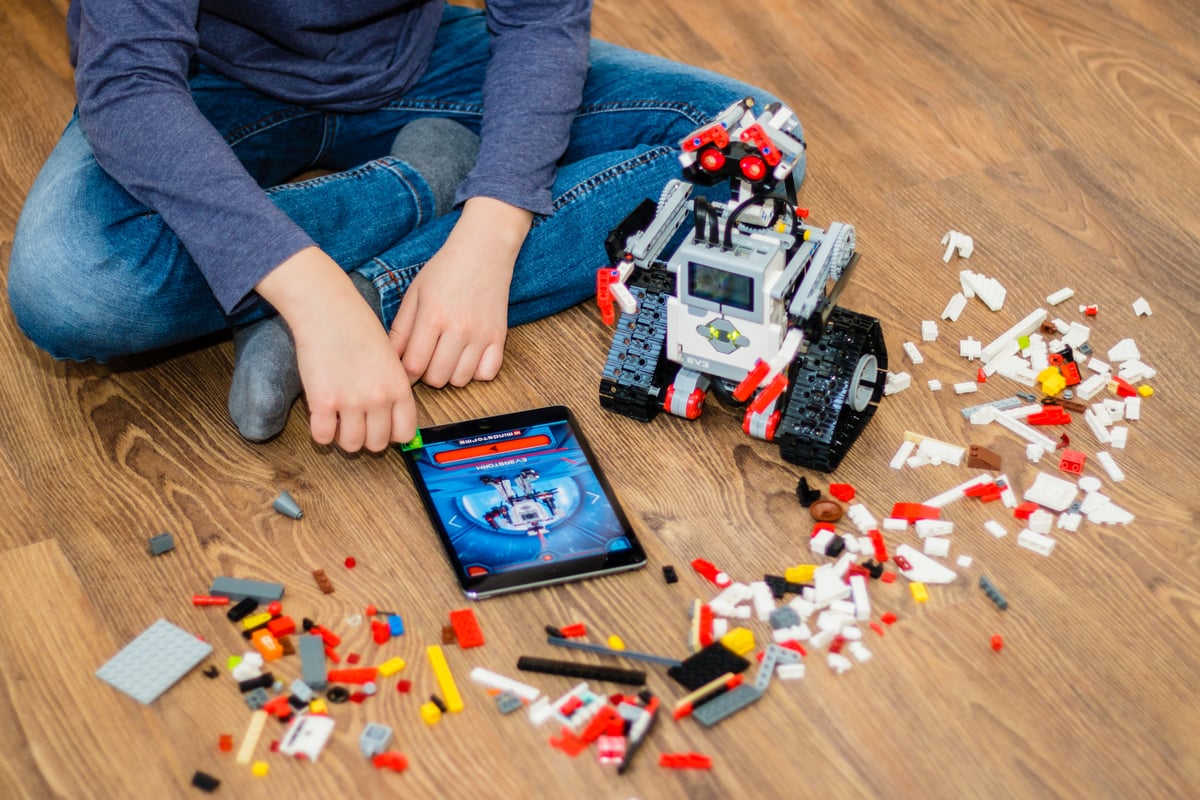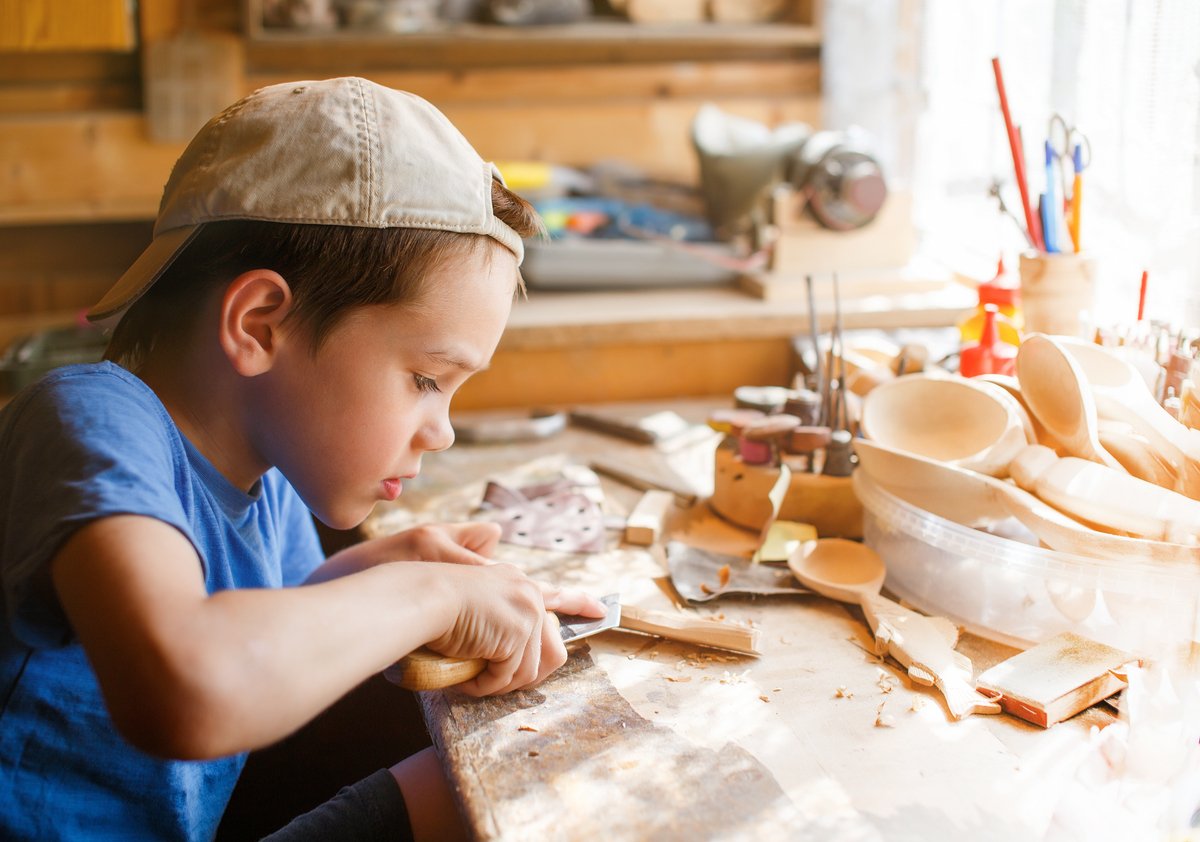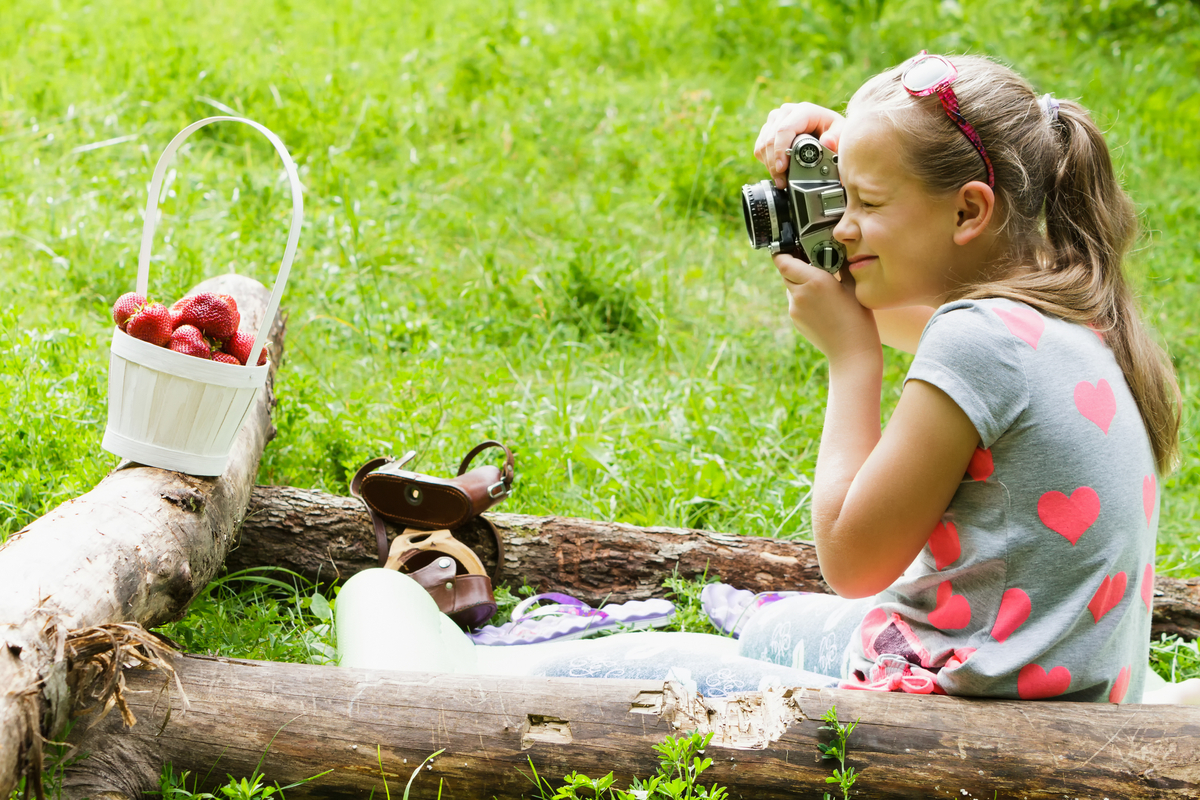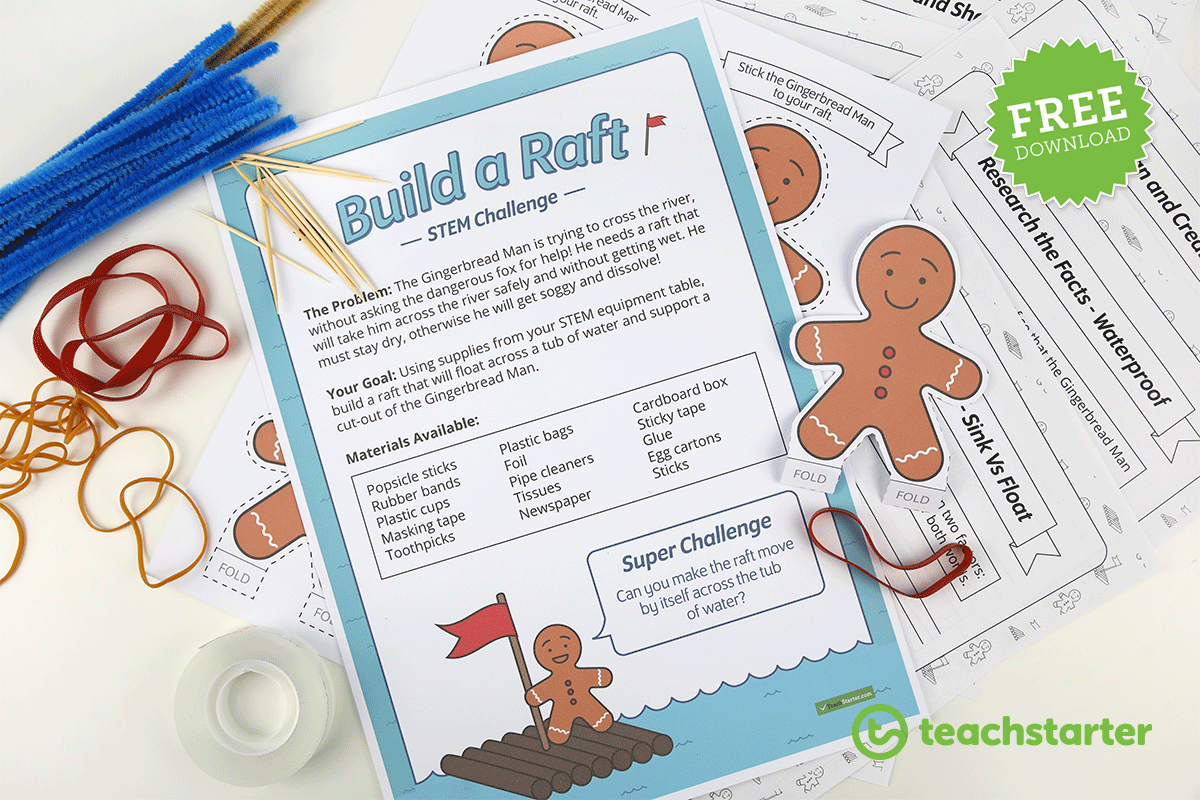As a parent, there’s little more enjoyable than watching your child lose themselves in exploration and play. Granted, this happens more easily when our kids are small (or at least when the TV is turned off and the tablets packed away). Creating opportunities at home where children of all ages can engage in open-ended, creative activities that encourage problem-solving is important. The skills developed during these kinds of activities are building blocks for creative thinking and general self-confidence. So, with school holidays coming up once more, don’t be scared of those frequent “I’m bored!” cries. Here are some awesome school holiday activities that will keep your child’s mind active. Plus, they will be learning without even realising it!
Why do kids need creative thinking skills?
Creative thinking skills help us to solve problems that don’t have a clear or an easy answer.
It’s easy to see why creative thinking skills are important to develop and maintain in adulthood too!
The brain science behind the development of problem-solving and creative thinking skills is pretty fascinating. Every new experience creates new connections (synapses) in the brain – kids develop these connections (learnings/understandings) at a much faster rate than adults, with repeated experiences strengthening the connections. Not only that but the connections that are not practised on a regular basis weaken over time and can eventually disappear (when we forget something that we used to know or understand).
Providing your kids with opportunities for play that stimulate their mind and their imagination builds and strengthens the synapses that are required for higher order thinking skills such as problem-solving, logical reasoning, organising and abstract thinking.

What kind of skills do 21st Century kids really need?
- CURIOSITY
When children become confident questioners, they are on a solid path towards being deep, critical thinkers and innovators! Providing your children with novel experiences where they can experiment and play with creating different outcomes teaches them how wonderful it is to be brave explorers and how to get enjoyment when things go wrong! - LOGICAL REASONING
Understanding why something is the way it is, how one thing is related to another, the concept of cause and effect are crucial 21st Century life skills!
Kids develop and maintain these skills through experimenting, asking why and noticing differences and similarities in every day and play-based situations. - CREATIVITY
It is so important for kids to be confident thinking “outside the box”. To be excited by what failure teaches them about how to approach a problem the next time around. Creativity is important in every area – science, maths, language, business, social enterprise – wherever your child’s interests lie, being confident creators will help them succeed! - STORYTELLING
The digital age makes everyone a storyteller. Our kids are growing up in a world that shares ideas in images, words and videos at a rate that is hard to fathom. Learning how to tell a story (in any way – spoken, written, in videos or pictures) builds the kind of mental skills that will be required of all of our kids when they are adults. And, as kids, storytelling helps with self-discovery, communication, memory and creativity.
Creative Thinking Activities for Older Kids
The idea of play-based learning and providing kids with open-ended toys and games is something that seems fairly deeply rooted in an early years (baby, toddler, preschool) kind of context. However, the premise is just as important for older primary school kids and teenagers too!
So, how do you get older kids to turn off the TV and do something else?
The answer is STEAM inspired activities.
What is STEAM? STEAM stands for Science, Technology, Engineering, Arts and Mathematics. But, don’t worry! You don’t need to be an expert in ANY of these areas to get your kids doing things that build their higher-order thinking skills. In fact, STEAM (or STEM) activities and ideas take the onus off you and let your kids show you just how creative and innovative they are!
STEAM activities are:
- hands-on
- require kids to solve some kind of problem
- create something that performs a specific function.
STEAM Activities at Home
Build a Roller Coaster
Obviously, the video above is perhaps the world’s most amazing paper roller coaster, but seriously, who wouldn’t want to give this a go! Paper Roller Coasters sell downloadable templates for each part of the coaster featured in the video that can be printed out onto card and then used to build any design.
Another option is to make your own roller coaster using found materials – paper straws, cardboard boxes and tape! Sure, those plastic, bendy straws might make it a little faster to create but plastic straws can’t be recycled which is something to consider when sourcing materials.
Create a Catapult
Creating a catapult is another fun creative problem-solving challenge. You can create any context you’d like – or even better – let your child decide why they need to make a catapult, what it will throw. Building a story around the activity is a great way to play!
Build a Raft
Download this STEM “Build a Raft” challenge. Your kids can cut out the template and read the instructions on the sheet.
There are planning, question and reflection sheets included in the download, but holidays are a time for exploring! You might like to read them yourself for some ideas of what you can ask your child about while they are making their raft, but other than that, just use the fun stuff!
Open-Ended “Tinker Toys” for Older Kids
Providing your kids with access to objects that are related to their interests will give them the opportunity to create in a way that isn’t restricted by any specific request or context. For younger kids, it’s easy to think of open-ended tinker toys like sticks, blocks, lego etc. On one hand t, ere’s no reason why older kids can’t be challenged to create with these sorts of materials too. However, you may like to open things up even more by encouraging your child to create using things like:

TECHNOLOGY
- digital camera
- iPad or tablet
- smartphone
- app builders like AppsBar
- graphic design websites such as Canva
- simple video editors such as MS PowerPoint or iMovie.
Devices make fantastic ‘tinker toys’ for older kids, provided they have something that they’d like to create! Perhaps it’s a photograph or design project about something they love or an app idea that they’ve never even told you about.
PEN AND PAPER
Encourage your children to spend time writing anything at all! They may like to write a letter to a friend or family member, writing a story or a poem.
CONSTRUCTION MATERIALS
- craft materials, paper, cardboard
- tape, glue and other fixers
- recycled boxes and containers
- fabric
FAMILIAR EQUIPMENT
- cooking equipment
- sewing machine
- building tools

This depends on your child’s age, skill levels and the kind of equipment you or a trusted friend or family member can provide supervised and safe access to. Letting kids make something using real-world equipment practices all of the same kinds of higher-order thinking and creative problem-solving skills that more structured STEM activities do. It’s a fantastic way to make the most out of the ‘free’ time that school holidays give your child and may even help them discover a new passion!
Spaghetti and Marshmallow Tower
This is a super fun challenge that uses inexpensive, easy to source materials. Just watch out for excess sugar consumption!
While the best thing you can do is get your kids making and creating with whatever they are most passionate about, sometimes it can be useful to give them a little prompt. These STEM challenge cards contain heaps of ideas to get both younger and older kids thinking outside the square. We’ve even got some awesome Christmas STEM Challenges too!
More STEM Challenge Ideas
[resource:363429][resource:366175][resource:359473][resource:364010]









Comments